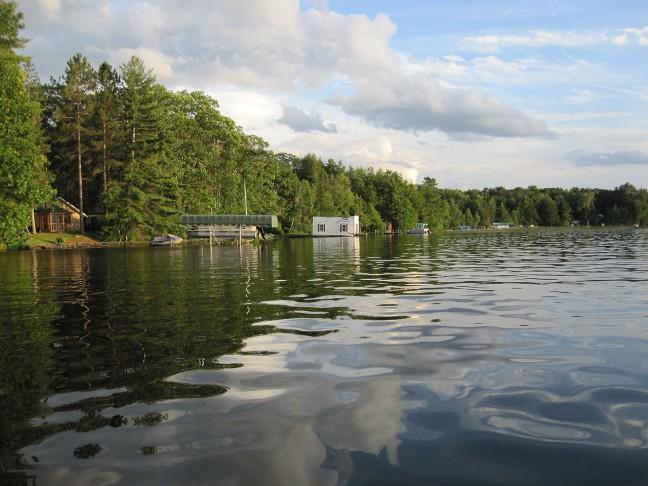In an effort to promote sustainability in Dane County, County Executive Joe Parisi is investing $12 million into a new clean lakes initiative as part of his 2017 capital budget.
The $12 million will largely be invested toward phosphorus removal, which plays a large role in the health of lakes.
Over the next four years, Parisi said he hopes to reduce the amount of phosphorus going into lakes by 50 percent.
For every pound of phosphorus that enters the lake as runoff, 500 pounds of mostly cyanobacteria algae grow, producing toxins that create murky water and a bad stench, Katherine, a University of Wisconsin associate professor of civil engineering, McMahon, said.
“Phosphorus allows [algae] to proliferate unabated,” McMahon said.
While the phosphorus backup has not affected specific species, it has led to a “general degradation” of the lakes, Parisi said.
A large amount of the phosphorus that builds up in the lakes comes from fertilizers, grass clippings, leaves and sediment, Parisi said. McMahon also said the agricultural industry contributes to the buildup of phosphorus.
Legacy sediment results from phosphorus that has built up over a long period of time, Parisi said. Before Dane County can address cleaning the lakes, they must first focus on removing the phosphorus.
“It’s important to do the work upstream first to slow the runoff, but now we have to go in and take care of everything that accumulated over the last century,” Parisi said.
The “everything” Parisi referred to is the 870,000 pounds of phosphorus-laden silt from nearly 33 miles of streams that feed directly into the lakes.
In removing the phosphorus, Parisi has come up with two main plans of attack: one from the urban end, the other from the rural.
In urban communities, he said he plans to fight phosphorus runoff by creating stormwater outfalls. These systems feed the rainwater into a retention pond in which the solids can settle out before the cleaner water is allowed to go into the lakes.
In rural areas, he said he will be focusing on creating partnerships with farm families to help them implement strategies to reduce the amount of runoff. Some of the strategies include using cover crops and placing buffer strips of vegetation along stream beds to keep the soil from running off.
While many believe that the only way to clean up the phosphorus is by directly removing it from the lakes, McMahon said Parisi’s proposals to focus on removing buildup can help too.
City environmental committee plans to make public buildings more eco friendly
“If you stop the input of phosphorus into the lake [through the streams], the lake can flush itself out,” McMahon said.
Through the initiative, she said she predicts there will be fewer and less intense algae blooms, resulting in clearer water where people can feel comfortable swimming and boating.
The budget was introduced Oct. 1 and should be finalized by early November. Parisi said he is “cautiously optimistic” the initiatives specified in the budget will pass.


